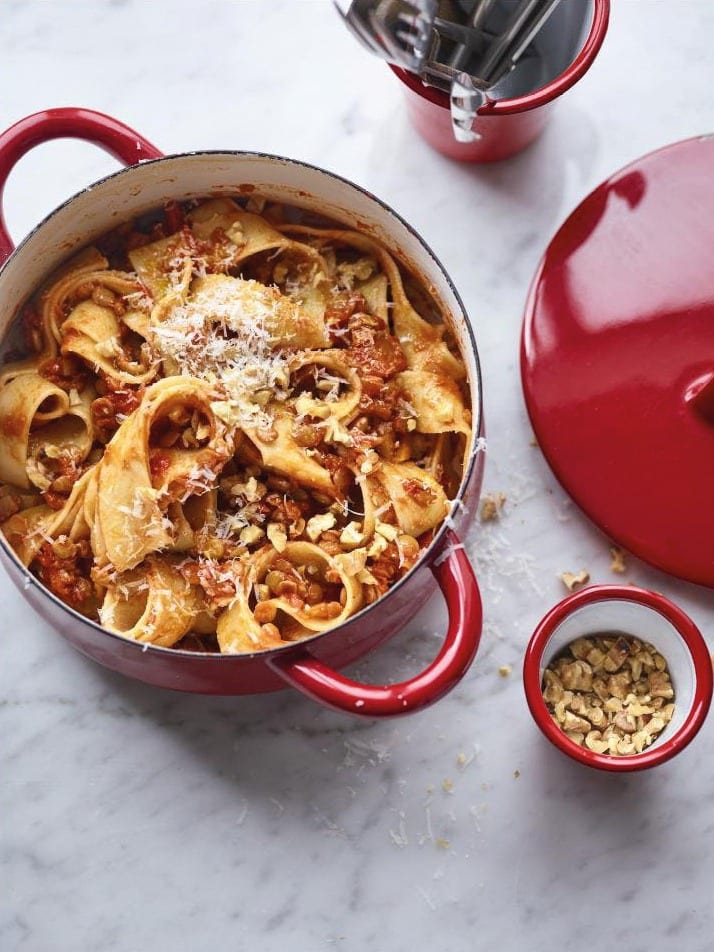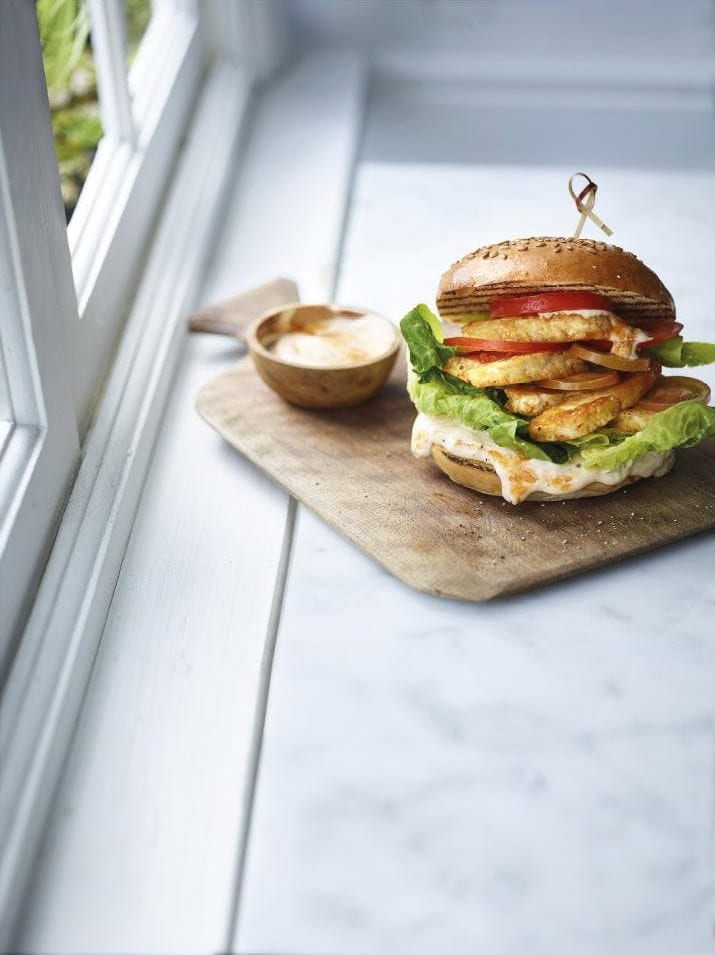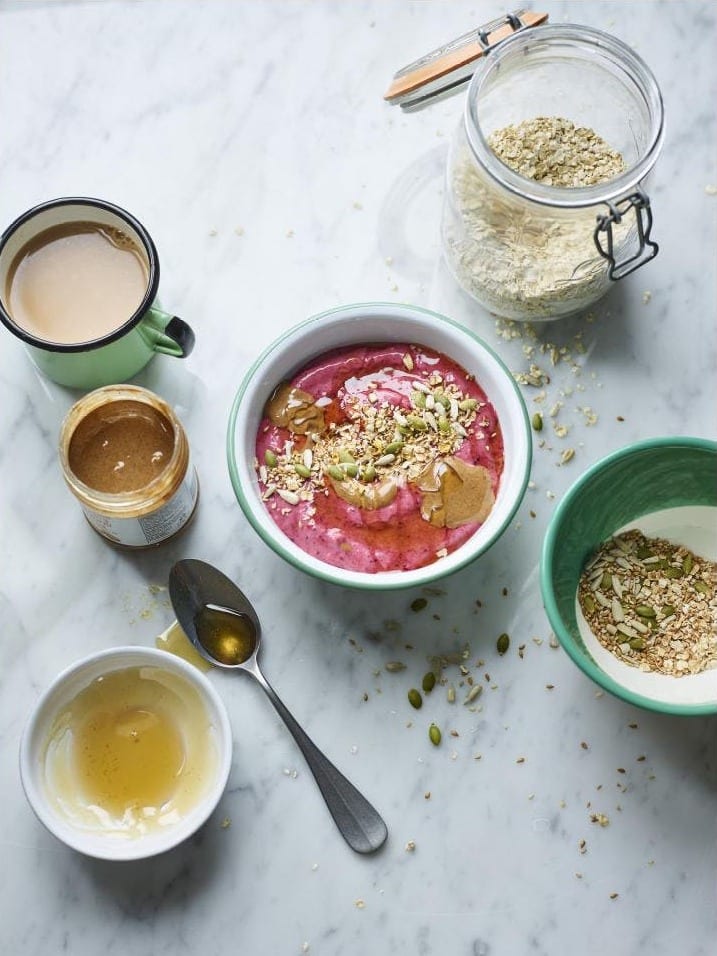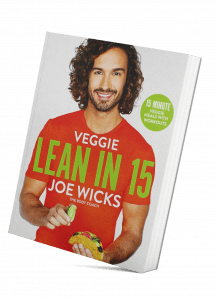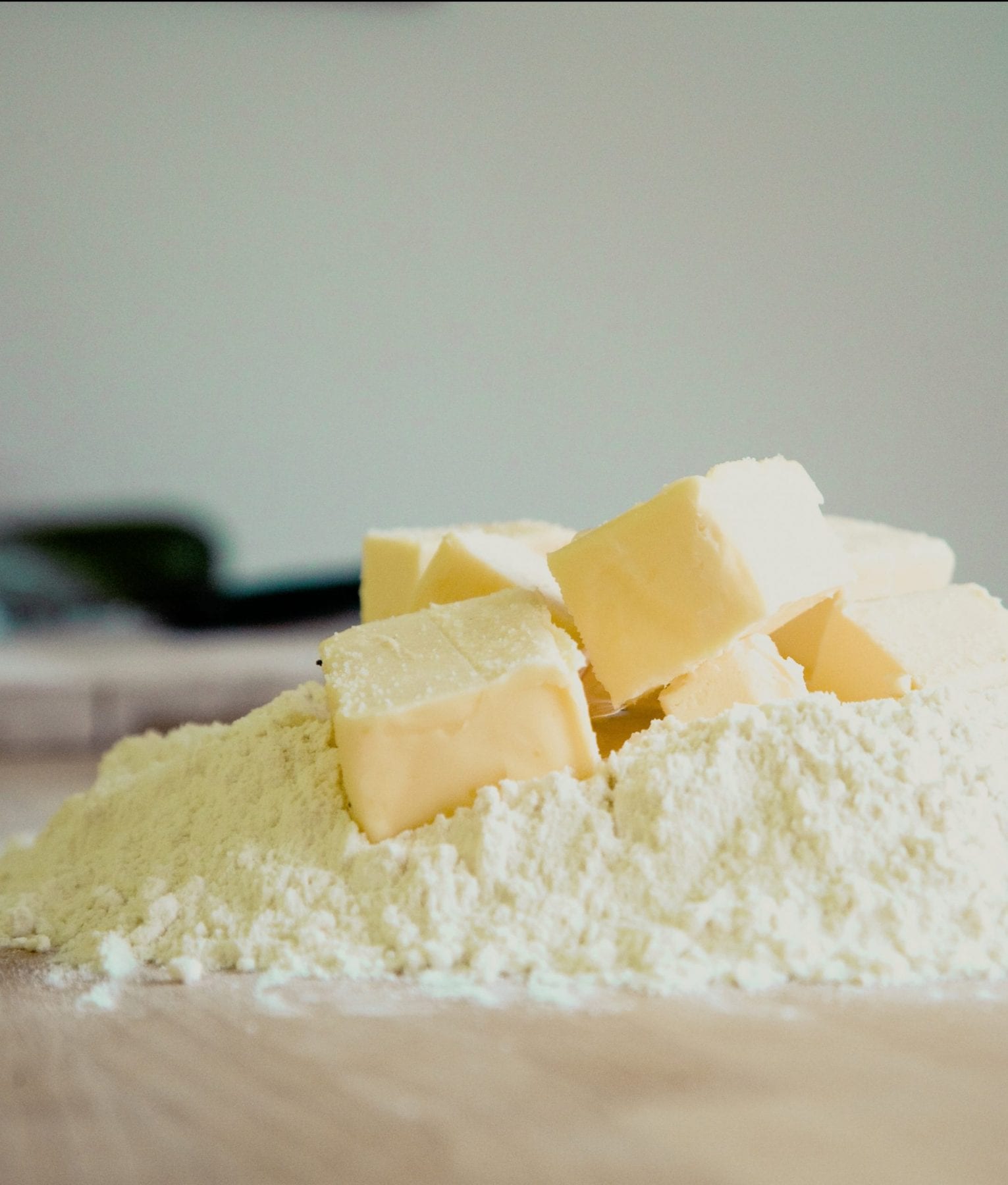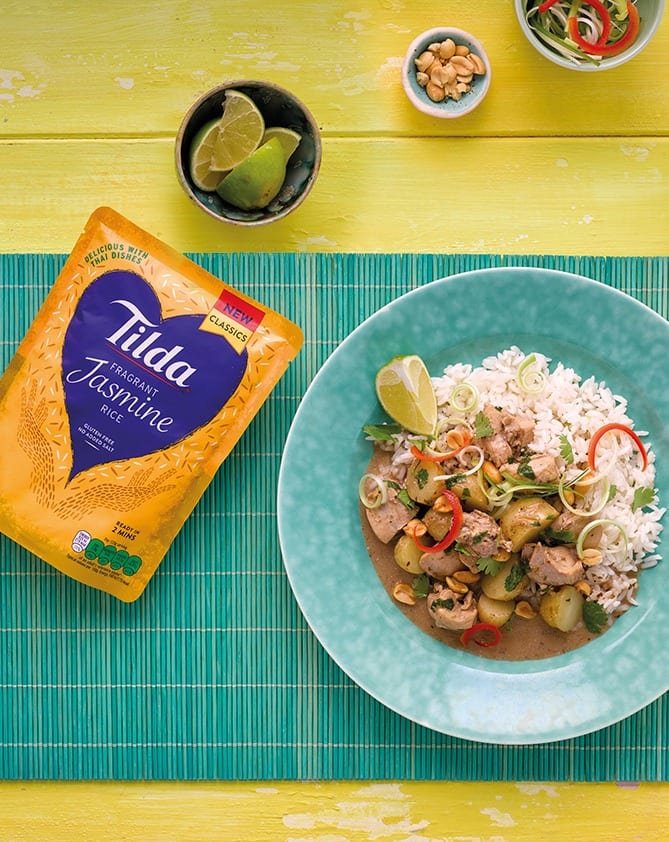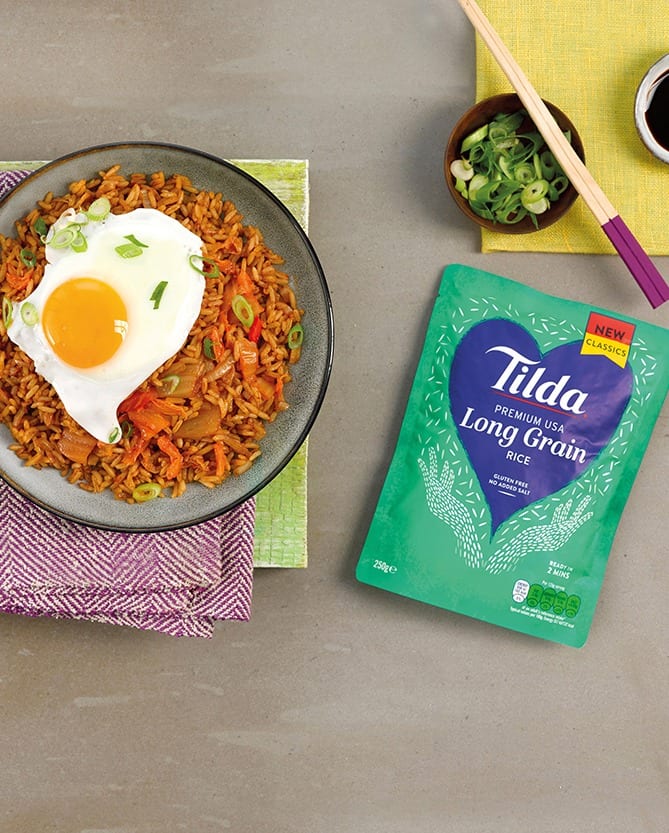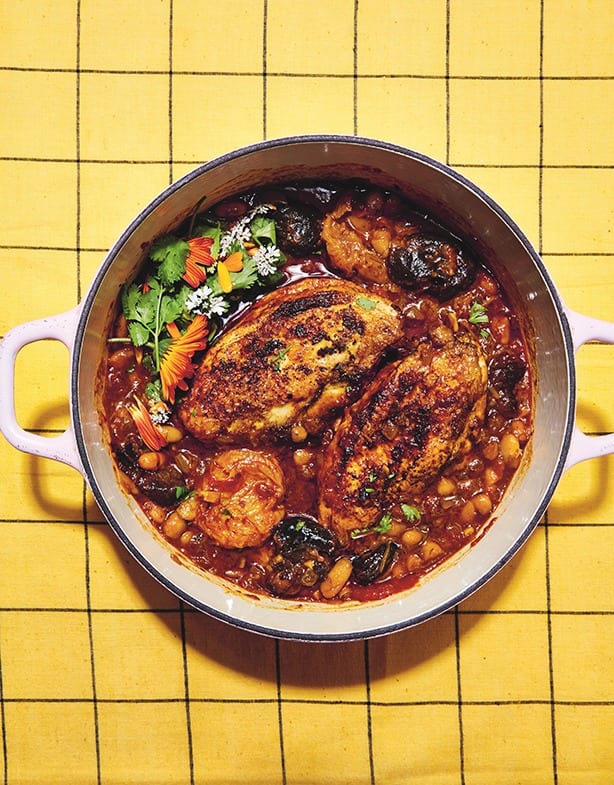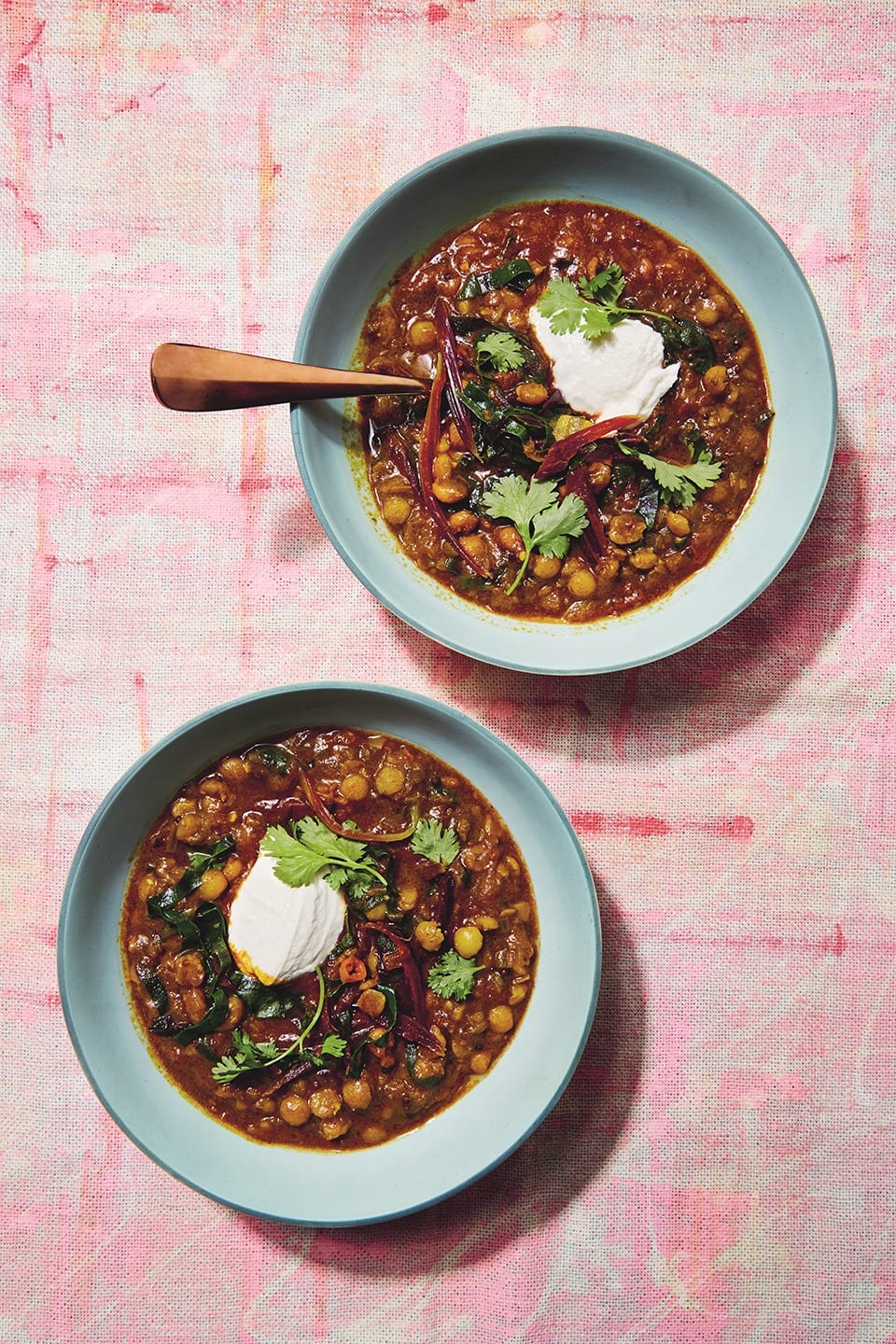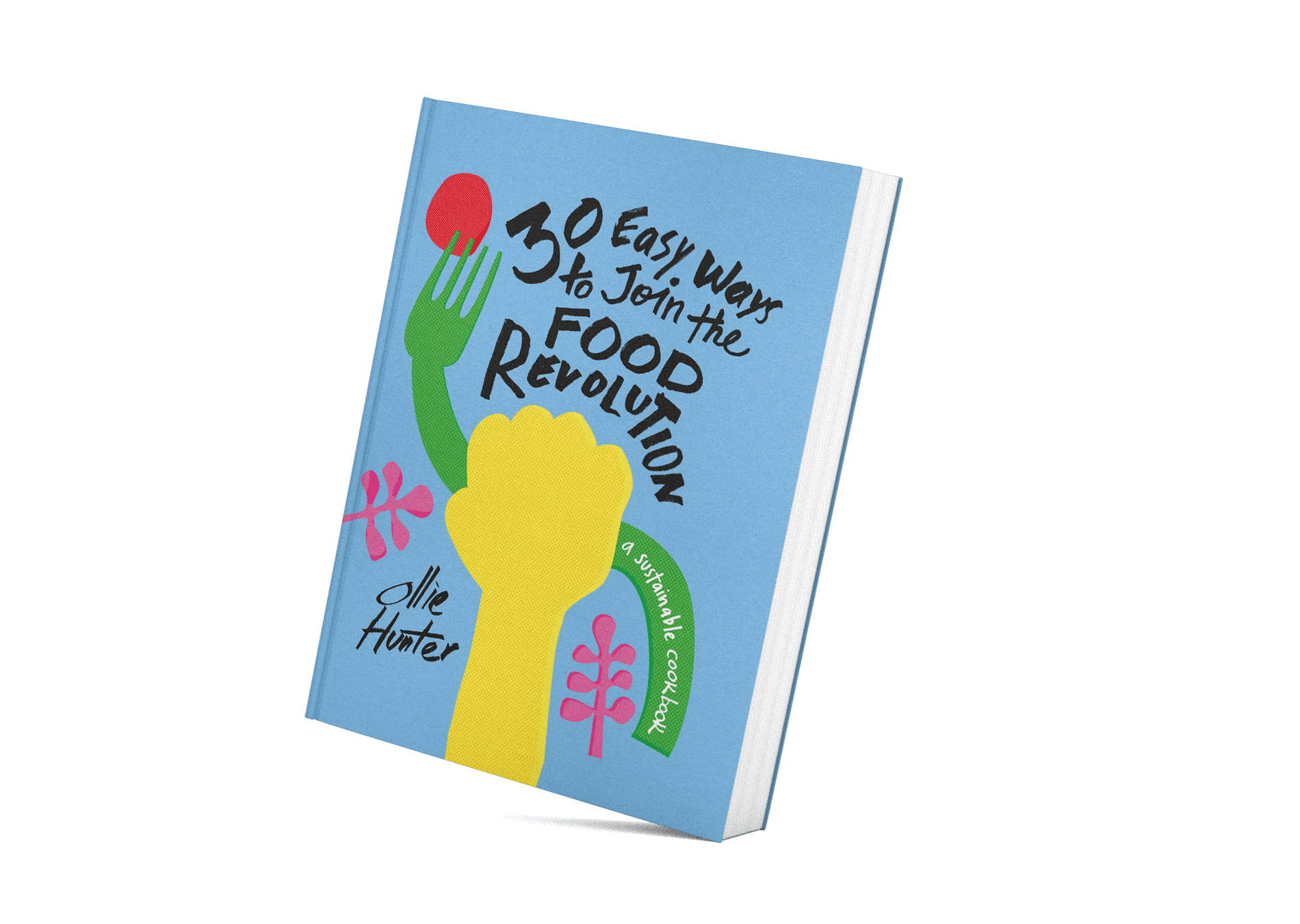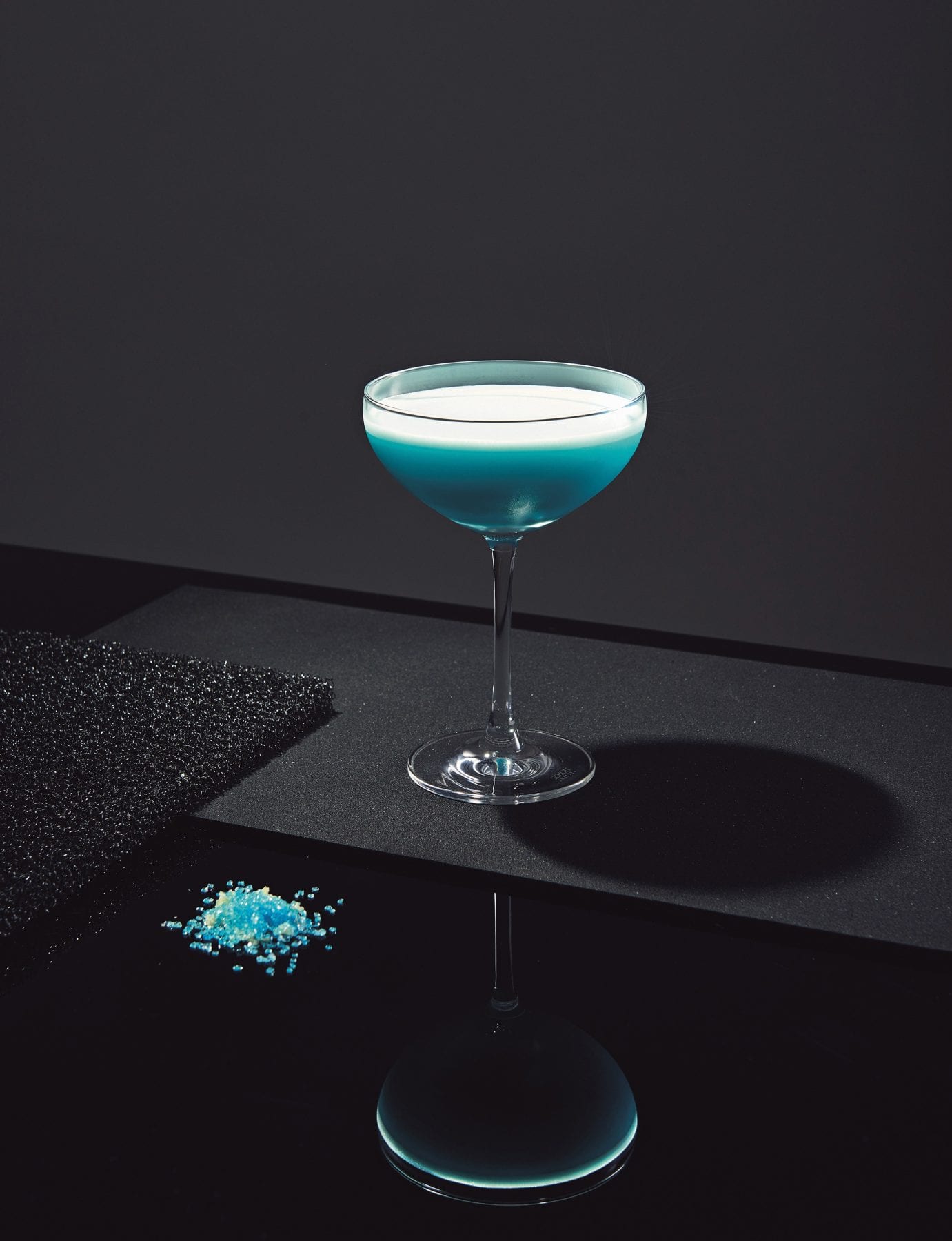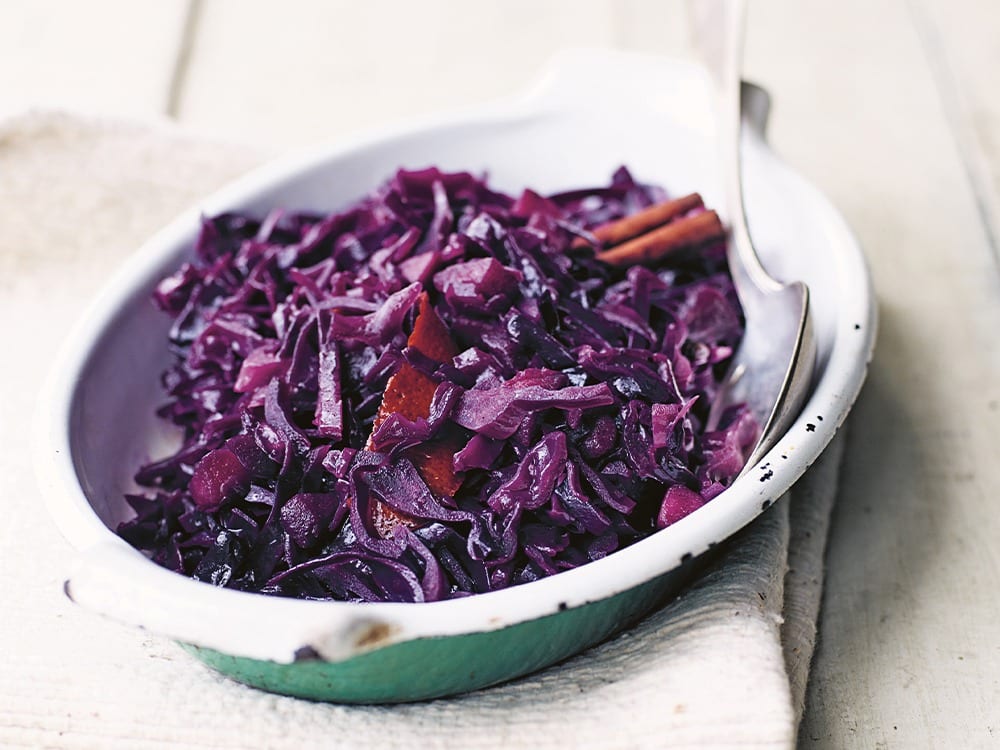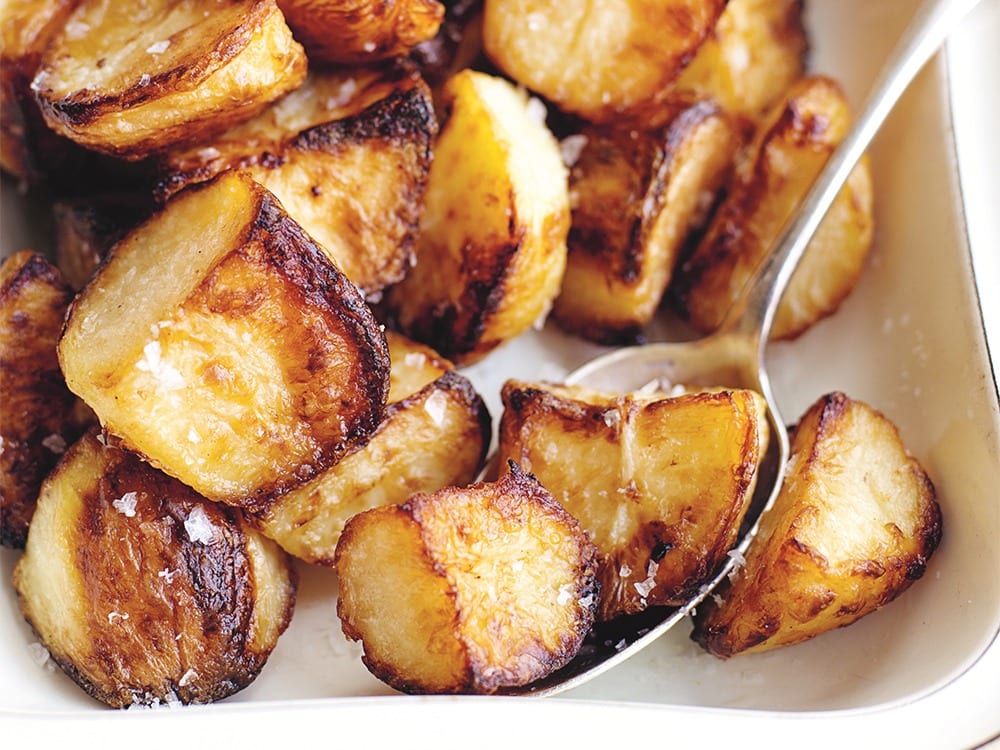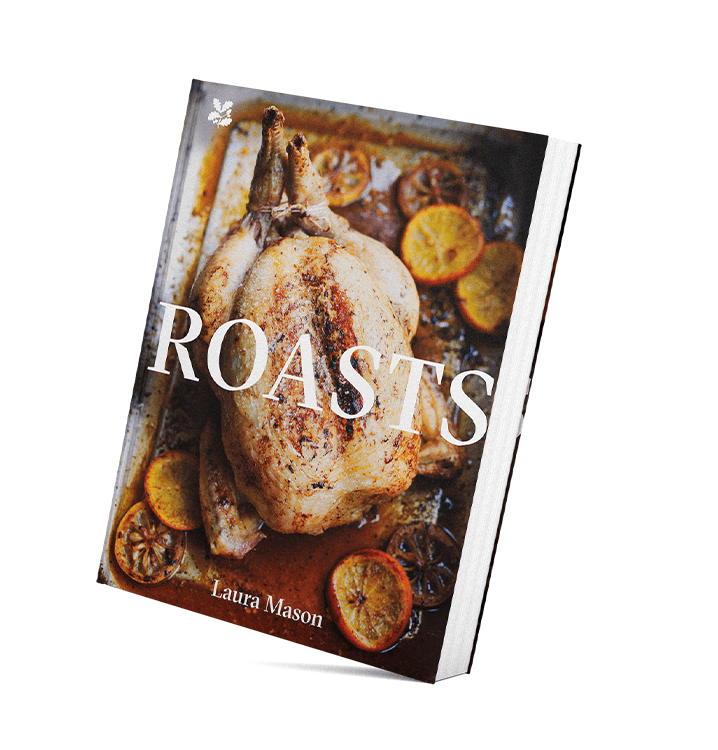Never has the saying ‘nice as pie’ been so apt – who doesn’t love a tasty pastry pie and what better time to indulge than in British Pie Week.
With so many great recipes to choose from all you need to do is decide whether it’s savoury, sweet, crumble or pasty – why not make a different one every day this week and get all members of the family involved in the cooking too?
According to the most common internet search results, here’s our top 10, love them or loathe them:-
1: Cottage Pie
2: Fish Pie
3: Shepherd’s Pie
4: Chicken & Leek Pie
5: Chicken and Mushroom Pie
6: Steak and Ale Pie
7: Meat and Potato Pie
8: Pork Pie
9: Steak and Kidney Pie
10: Corned Beef Pie
We asked our star baker Christine Wallace to share a pie recipe with us so why not put this on the menu this week?
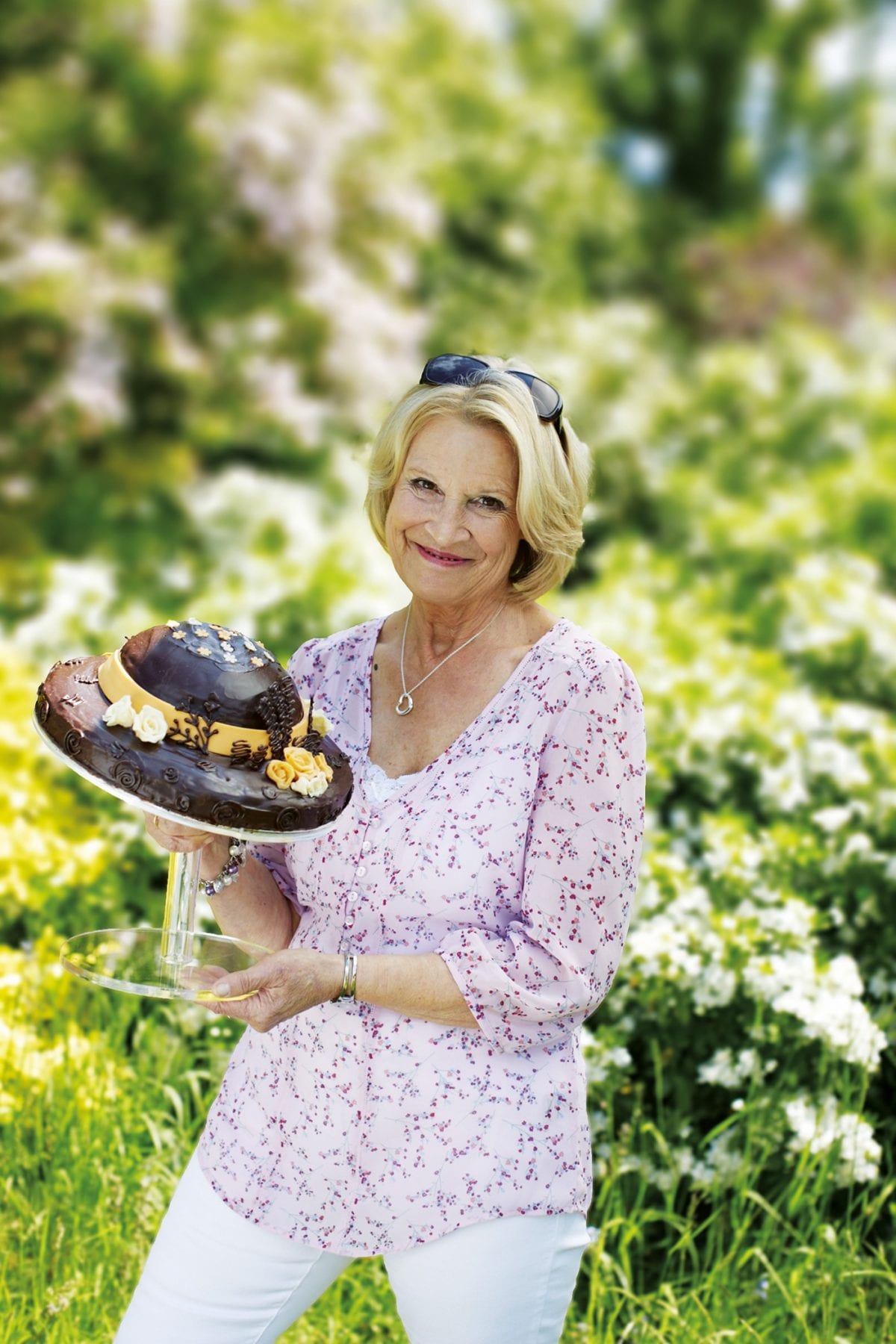
Left over turkey, leek and mushroom pie
• You will need an 8” (20cm) Pie dish.
• 500gm block of butter puff pastry.
• 1 large leek – cut into large chunks
• 120g button mushrooms
• 300g cooked turkey meat
• 1 tsp dried thyme
• 1 tblsp oil
• 50g butter
• 50g plain flour
• 1 pint milk
• ½ tsp onion salt
• White pepper
• Beaten egg for glaze
Method
• Place the oil and butter in a pan and add the leek, gently sweat for 5 minutes but do not brown.
• Add the mushrooms and thyme, cook for a minute.
• Stir in the flour and gently cook for a minute.
• Slowly add the milk until you have a nice thick sauce, add the turkey meat and cook for a couple of minutes.
• Add the onion salt and a little pepper then pour into your pie dish
• Roll out the pastry and cover the pie, sealing well and fluting the edges.
• Brush with beaten egg and cook for 30 minutes or until the pastry is well risen and golden brown.
N.B. If you are making the pie to freeze, do NOT add the turkey meat until the leek and mushroom sauce is completely cold. Use fresh puff pastry if you are freezing, not frozen!




